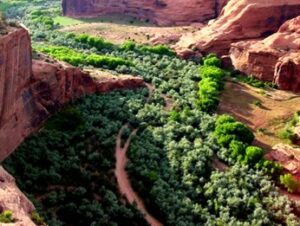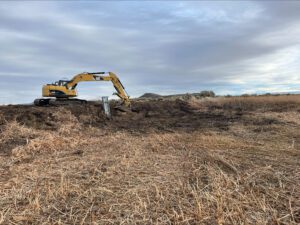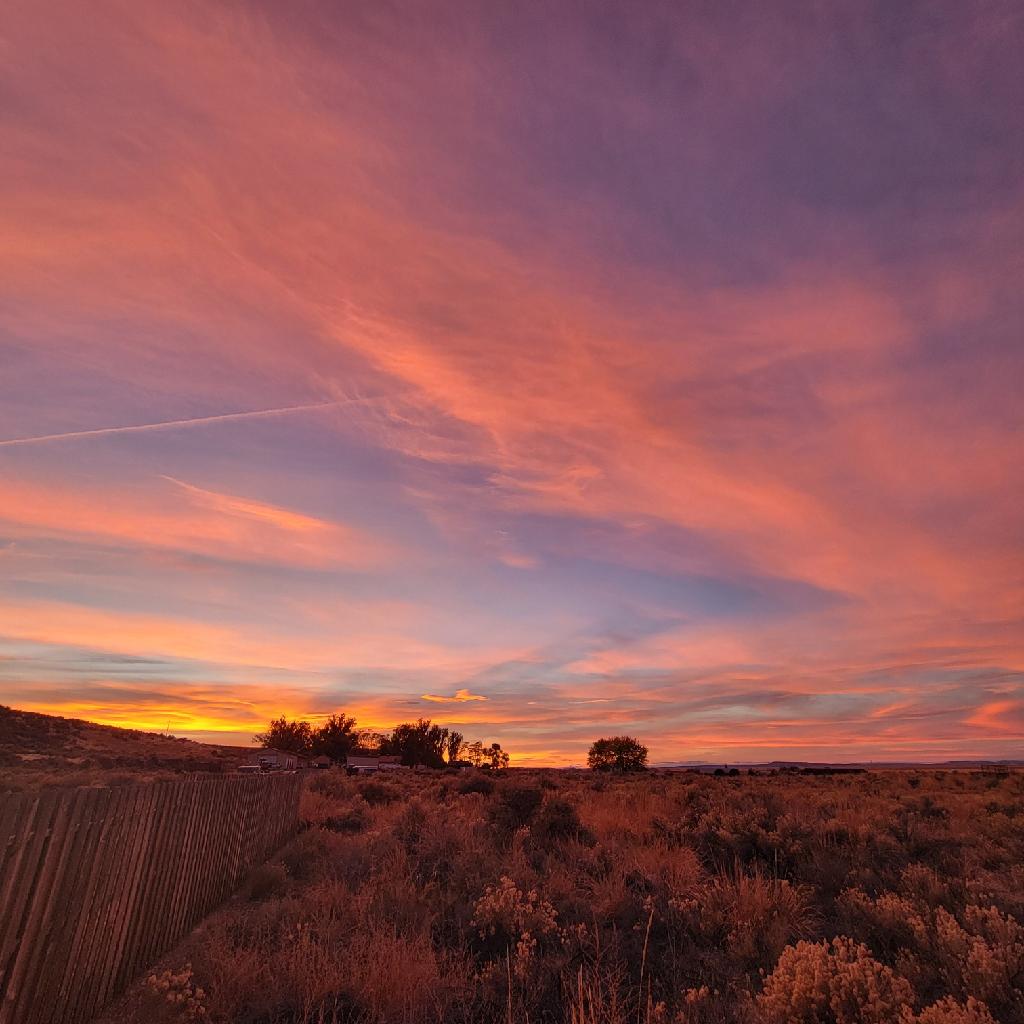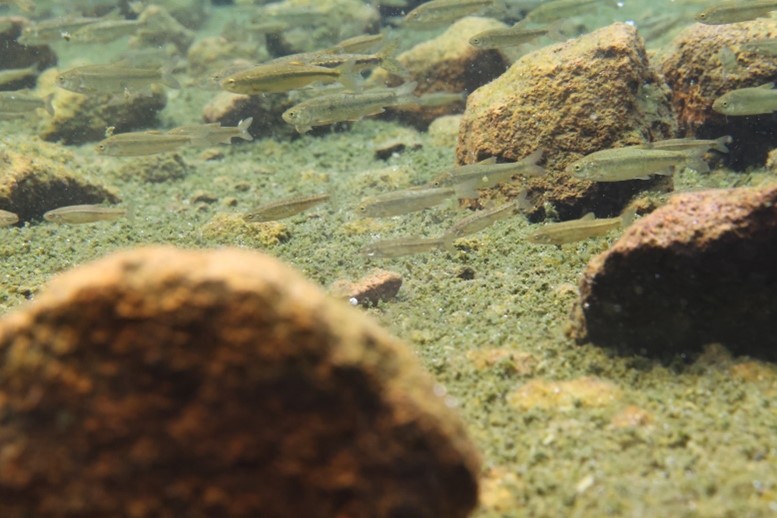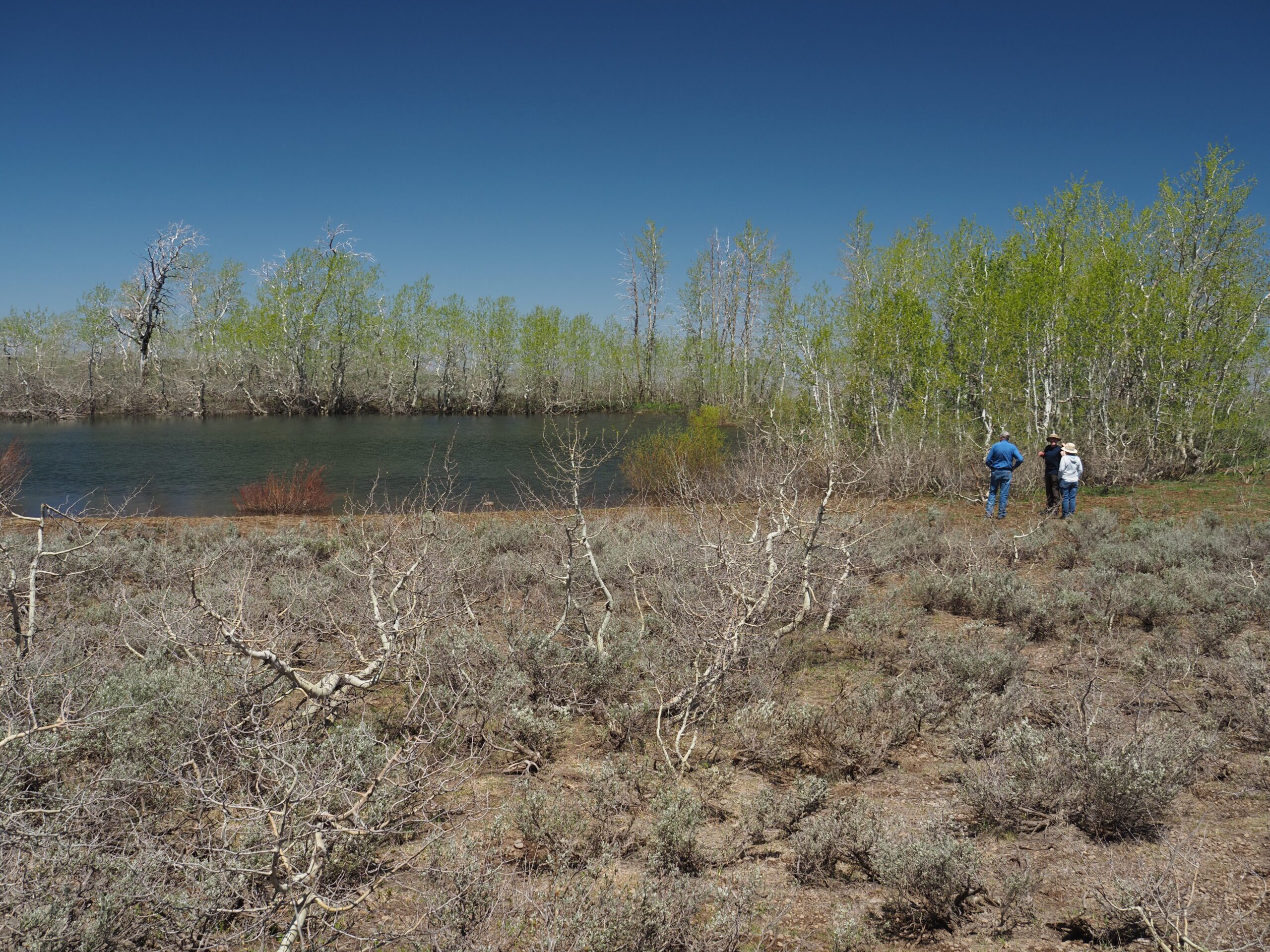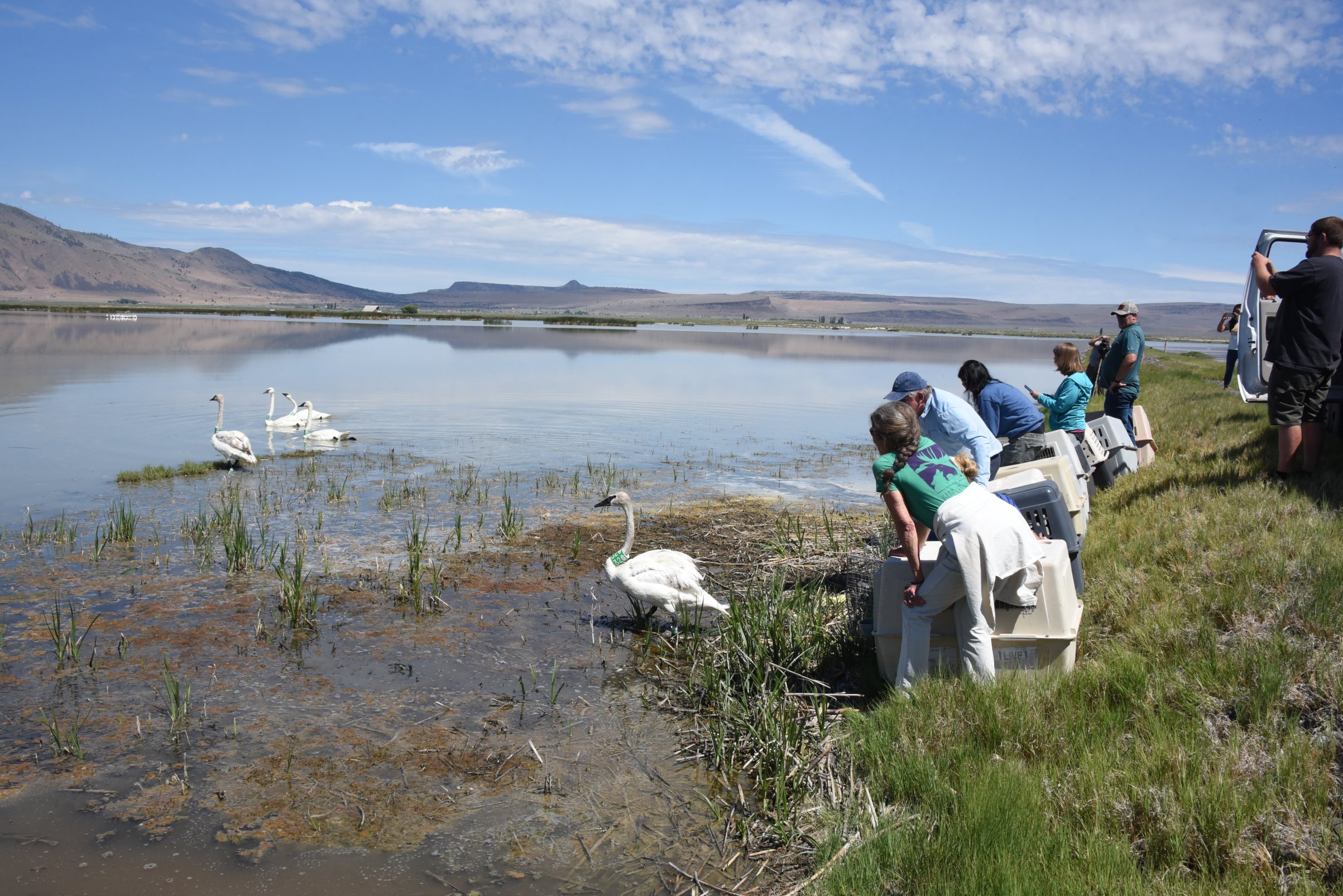Written by Linda Craig, Volunteer
I was thrilled when Teresa invited me to help with the shorebird survey on Malheur Lake. We would travel by airboat, a new experience for me. Alexa Martinez, Malheur NWR Wildlife Biologist, was our expert boat captain. Our crew included Teresa, another volunteer Jody Golightly, and me.
We set out along the Blitzen River, and soon we were in the vast expanse of the lake with birds EVERYWHERE! The idea of “counting” seemed comical. How do you count what must have been thousands of birds rising from the lake, circling, shifting? Alexa soon realized that I was overwhelmed and suggested gently that I just try to concentrate on the shorebirds on my side of the boat. Even that was well beyond my capability.
I was reminded of notes in the Lewis and Clark journals of their amazement with the numbers of birds they found along the Columbia River in 1805. I didn’t expect that today, with the climate warming, history of drought, carp damage, and pollution, we could still see such incredible abundance.
Fortunately, Teresa has several years of experience with the shorebird count on the lake, and she knows how to manage a focused count, one binocular or scope look at a time. I certainly wasn’t much help.
A highlight for me were the thousands of Black-necked stilts. Such a beautiful bird, some reflected perfectly where the water was still and clear. Marbled godwits, American avocets, Long-billed dowitchers, Great egrets, oh my! The sheer quantity of Franklin’s gulls, which fortunately we didn’t have to count, and White-faced ibis, which we were supposed to count, were unbelievable.
As we finished our survey, we stopped by Tern Island. It was covered wing-to-wing with adult birds just completing nesting season and their young. What fun to see the chicks of American white pelicans and Double-crested cormorants!
The birds are still whirling through the pictures in my memory. The trip was an experience I shall not forget. And the health of the breeding populations we saw gives me hope for the planet. Perhaps, if the birds can be this resilient after a couple of years of drought, they can survive the damage we continue to wreak on their environment.
If you are interested in participating in the 2024 April or August Surveys please contact Teresa Wicks, [email protected]


